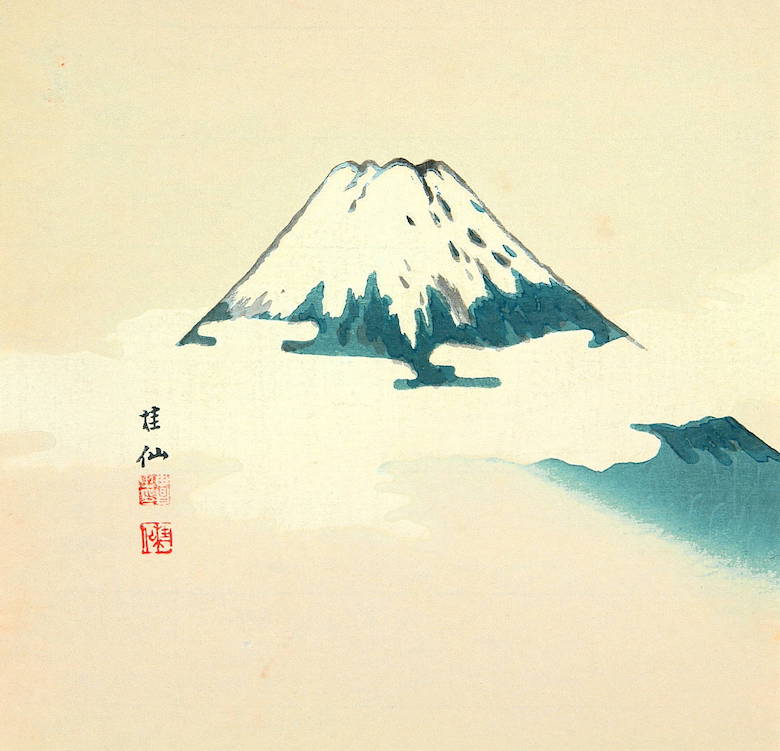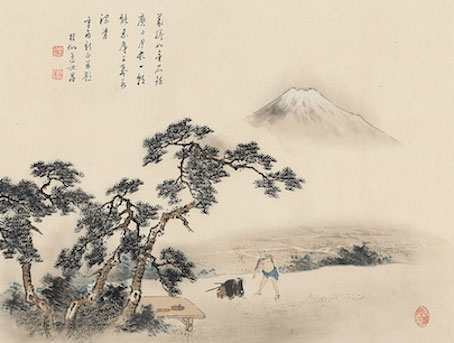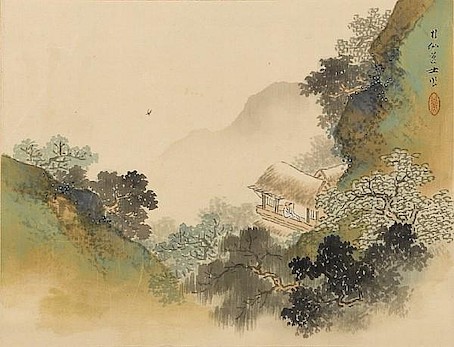Japan Art and Keisen Ikeda: Culture and Landscapes
Lee Jay Walker
Modern Tokyo Times

Keisen Ikeda was born in the late Edo Period in the early 1860s and passed away in 1931. Accordingly, his art belongs to the Meiji Period (1868-1912) and Taisho Period (1912-1926) despite dying during the early Showa Period.
He was born in the province of Ise which is the home of the Grand Shrine of Ise. This revered Shinto shrine is dedicated to the goddess Amaterasu (Amaterasu Ōmikami). Therefore, Keisen Ikeda will have visited this holy place on many occasions.

His early mentor was his father, Unshô Ikeda. They both relocated to Kyoto in the early 1870s, where his father developed his art at a young age. Accordingly, the importance of high culture was embedded in the soul of Keisen Ikeda.
The Saru Gallery says, “As a Nanga painter, he was an important figure in the Kyoto art world.”

The second art piece focuses on the famous 47 Ronin. Hence, one ronin is seen alongside another individual.
However, unlike many depictions of the famous 47 Ronin, Keisen Ikeda expresses a gentle angle witnessed by the landscape setting.

Modern Tokyo News is part of the Modern Tokyo Times group
http://moderntokyotimes.com Modern Tokyo Times – International News and Japan News
http://sawakoart.com – Sawako Utsumi and Modern Tokyo Times artist
https://moderntokyonews.com Modern Tokyo News – Tokyo News and International News
PLEASE JOIN ON TWITTER
https://twitter.com/MTT_News Modern Tokyo Times
PLEASE JOIN ON FACEBOOK